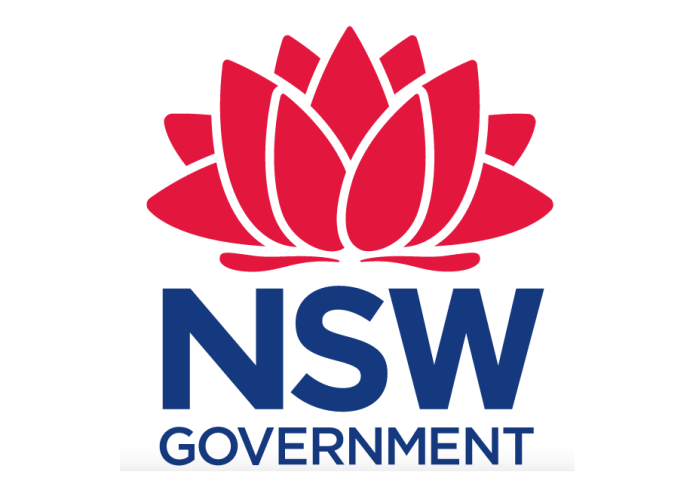
Media Release
To create a better understanding of workers’ exposure to welding fumes in Australia, the NSW Government’s Centre for Work Health and Safety is conducting new research.
Together with the University of Sydney and Curtin University, the Centre is focusing on broadening the knowledge of Australian welding industries and occupations, current controls being used and the effectiveness in risk mitigation.
SafeWork Director, Research and Evaluation, Skye Buatava said it’s important to understand which intervention strategies are effective in reducing peoples exposure to harmful welding fumes.
“The long-latency period for occupational cancers and diseases, can cause a significant challenge to establish a direct connection between welding fume exposure and lung cancer.”
Lead researcher, Professor Tim Driscoll said “Welding is a cross-industry technology and there is limited knowledge about this high-risk activity and the risk profiles among welders in Australia. We want to know who is being exposed to these fumes, and what their levels of exposure are. This information is needed so appropriate control measures can be designed that minimise exposures as much as possible.”
The research is being undertaken in a bid to learn how different workers or industries use personal protective equipment, the equipment’s effectiveness as well as a workers’ understanding of the long-term harm.
A specialised cancer agency of the World Health Organization, the International Agency for Research on Cancer (IARC), recently re-classified welding fumes from ‘possibly carcinogenic to humans’, to ‘carcinogenic to humans’.
It concluded that there is sufficient evidence in humans supporting that welding fumes cause cancer in the lungs (and a positive association has been observed with cancer of the kidneys).
“The recent reclassification of welding fumes carcinogenicity has highlighted the need to better understand exposure to the fumes in a practical setting in order to protect NSW workers from long-term harm,” Ms Buatava said.




















